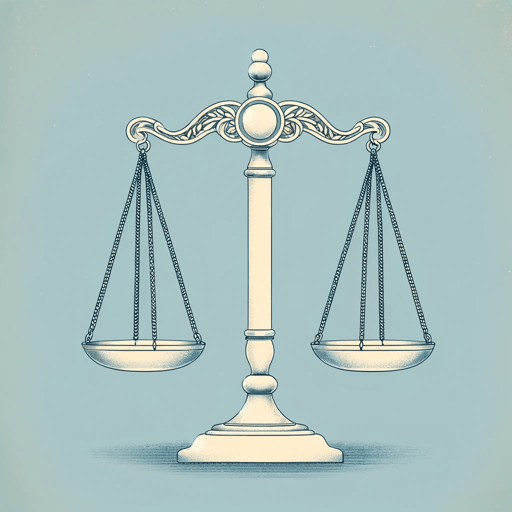45 pages • 1 hour read
Shelby SteeleWhite Guilt: How Blacks and Whites Together Destroyed the Promise of the Civil Rights Era (P.S.)
Nonfiction | Book | Adult | Published in 2006A modern alternative to SparkNotes and CliffsNotes, SuperSummary offers high-quality Study Guides with detailed chapter summaries and analysis of major themes, characters, and more.
Part 2, Chapters 12-16Chapter Summaries & Analyses
Part 2: “An Expanding Guilt”
Chapter 12 Summary: “White Rebels”
Chapter 12 focuses on the counterculture that developed in the wake of the civil rights era. Expelled from the civil rights project by their Black peers, White activists turned their attention to other causes, leaving the struggle for racial equality in the hands of Black Americans.
The Vietnam war marked a pivotal shift in progressive youth consciousness. Counterculture became increasingly anti-American, pointing to the war effort as evidence of the country’s inherent evil. The sexual repression of the 1950s became synonymous with social evil. Conversely, sexual openness was seen not just as a virtue, but as evidence of a deeper, more compassionate humanity. Like Black militant consciousness, youth consciousness in the late 1960s was largely a response to the vacuum in moral authority.
Indeed, White guilt resulted from all the country’s moral failings and democratic infidelities: racism, sexism, imperialism, conformity, greed, materialism, superficiality, indifference to environmental destruction, and so forth. White guilt, then, does not relate solely to race. Rather, race provided the first and most conspicuous instance of infidelity to democratic principles. Counterculture filled the vacuum created by the recognition of societal evils.
Youthful rebellion, exemplified by Steele’s college friend, John, took on a political tenor against this backdrop.


